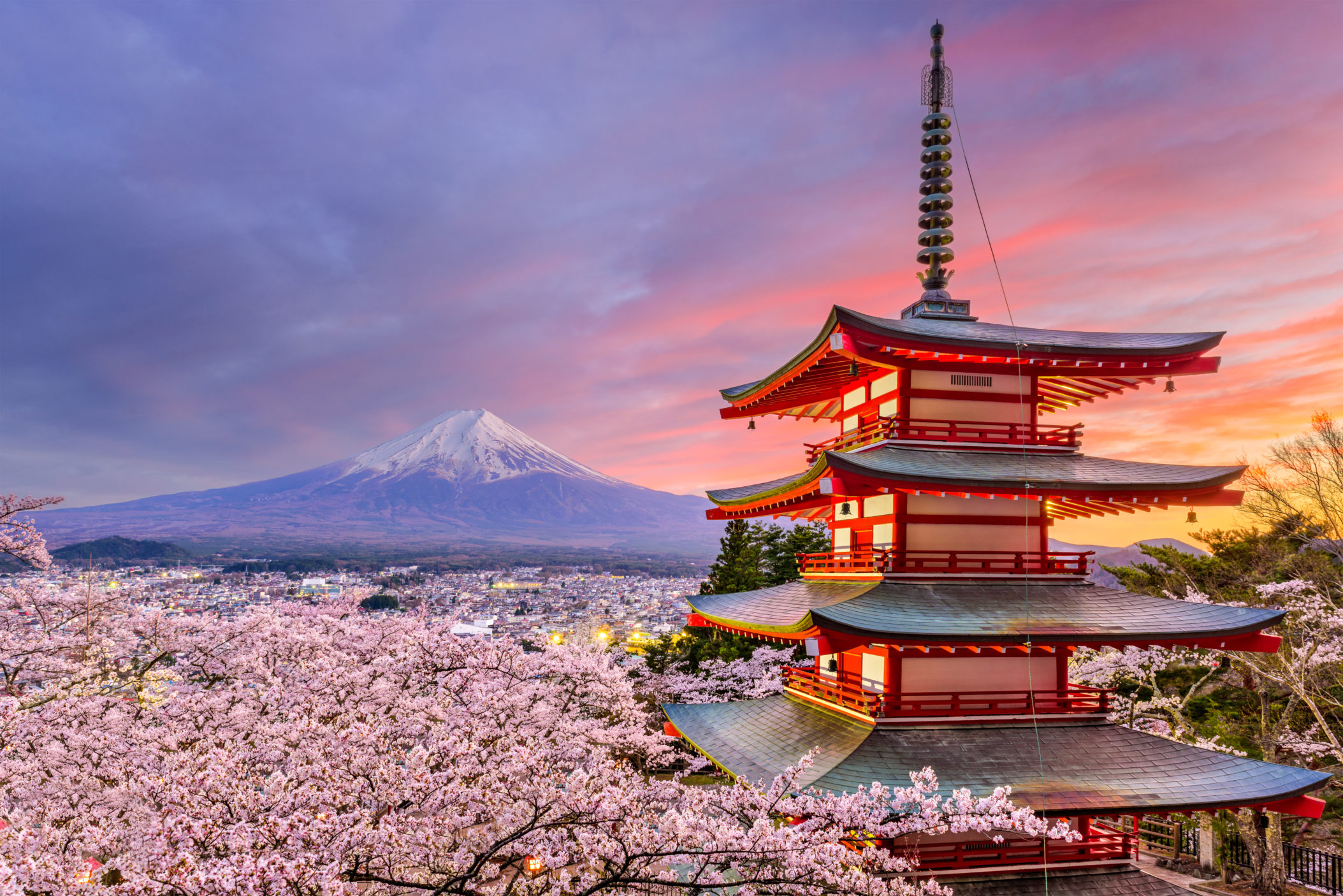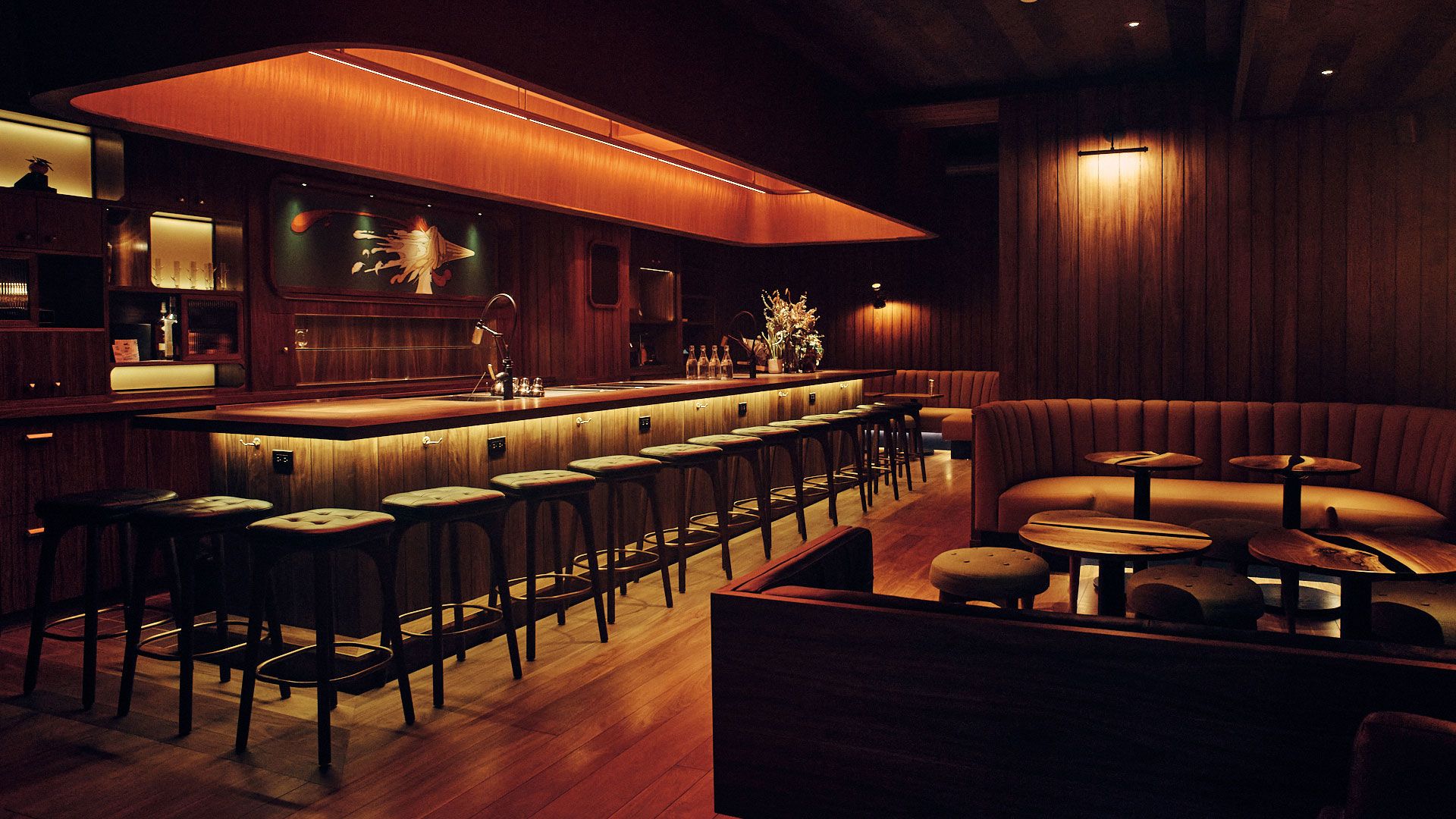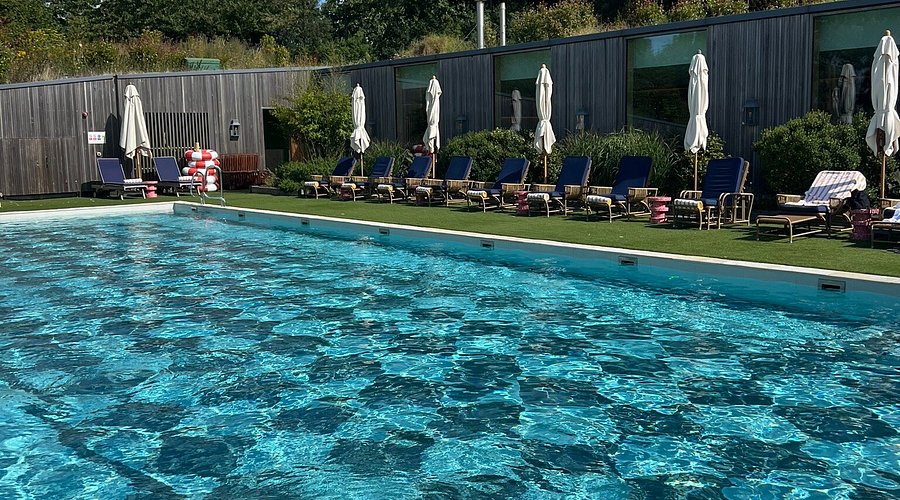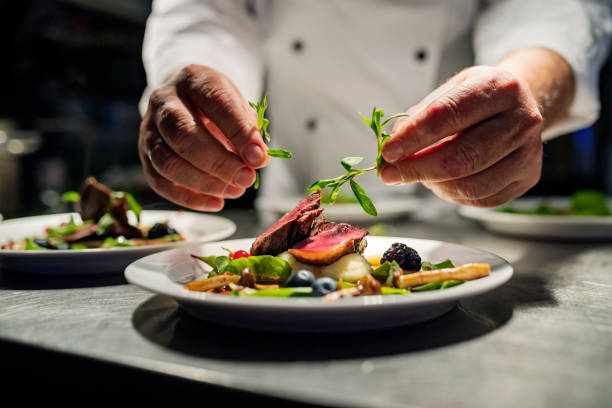
15 Ways Japan Captivates Travelers Beyond Cherry Blossoms
15 Ways Japan Captivates Travelers Beyond Cherry Blossoms Japan’s reputation as the land of cherry blossoms is well deserved—but it is also reductive.
Japan’s reputation as the land of cherry blossoms is well deserved—but it is also reductive. The country’s appeal extends far beyond fleeting pink blooms, revealing experiences seasonal, multi-layered, and deeply textured. Here are fifteen ways Japan enthralls travelers long after the petals fall.
From alpine villages to avant-garde architecture, from culinary rituals to futuristic cities, Japan crafts moments that are as enduring as they are diverse. Each facet reveals a different lens on the nation’s cultural identity.
Tatami mats, sliding shoji, kaiseki dinners, and onsen baths create immersion in the spirit of omotenashi—anticipatory, discreet, and poetic.
From ramen counters and yakitori alleys to sushi temples, Japanese dining spans comfort and ceremony. Regional specialties ensure each stop is a culinary revelation.
Hot springs set in mountains, coastal towns, or snowy valleys transform geology into wellness and bathing into ritual.
From Tadao Ando’s chapels to Kengo Kuma’s lattices, Japan is a living laboratory where form and light are constantly reimagined.
Walking Kumano Kodo or Shikoku’s 88 temples is stepping into centuries of devotion, hospitality, and resilience.
Thatched-roof houses of Shirakawa-go and Gokayama exemplify adaptation to snowbound life, offering overnight stays in living history.
From Kyoto’s moss gardens to Ryoan-ji’s dry rock compositions, horticultural traditions become meditations in scale, silence, and impermanence.
Tokyo and Osaka showcase technology as urban theater—robot hotels, neon districts, and bullet trains that blur design with commerce.
Wisteria tunnels, hydrangea temples, fiery maples, and Hokkaido snowscapes prove Japan’s beauty is perennial, not fleeting.
From Kyoto’s Gion Matsuri to Aomori’s Nebuta and Sapporo’s Snow Festival, cultural spectacles merge costume, craft, and community.
Swordsmiths, indigo dyers, and papermakers preserve skills through apprenticeships measured in decades, allowing travelers to witness craft as devotion.
Shinto shrines and Buddhist temples integrate into routine life, from seaside torii gates to incense in back-alley sanctuaries.
Okinawa, Naoshima, and Hokkaido reveal distinct cuisines, climates, and cultures—each a parallel Japan, familiar yet singular.
From bento packaging to train signage, Japanese design expresses simplicity, clarity, and beauty in function, teaching aesthetic literacy daily.
Whether in a centuries-old ryokan or a hyper-modern skyscraper hotel, service merges tradition with innovation, setting global benchmarks.
15 Ways Japan Captivates Travelers Beyond Cherry Blossoms
Ryokan Culture and the Art of Omotenashi
Cuisine That Moves From Street to Michelin Star
Onsen Journeys Into Japan’s Volcanic Heart
Architecture at the Edge of Innovation
Ancient Pilgrimage Routes Still Alive Today
Alpine Villages Frozen in Time
Gardens That Teach Patience and Precision
Urban Futures on Display
Seasonal Aesthetics Beyond Sakura
Festivals That Rewrite the Calendar
The Discipline of Craftsmanship
Spirituality in Everyday Forms
Islands of Diversity
Design as Daily Life
Hospitality That Blends Past and Future





